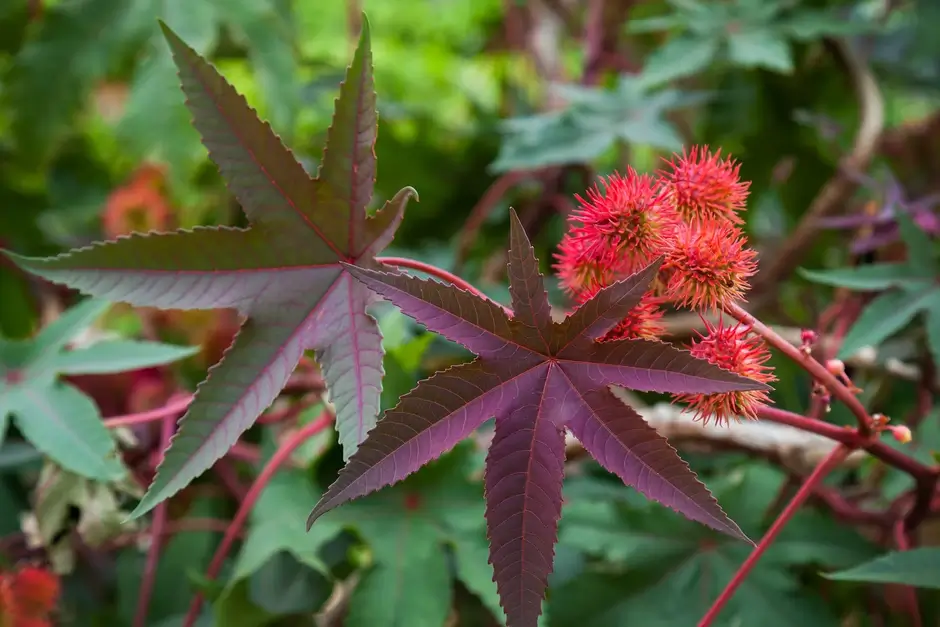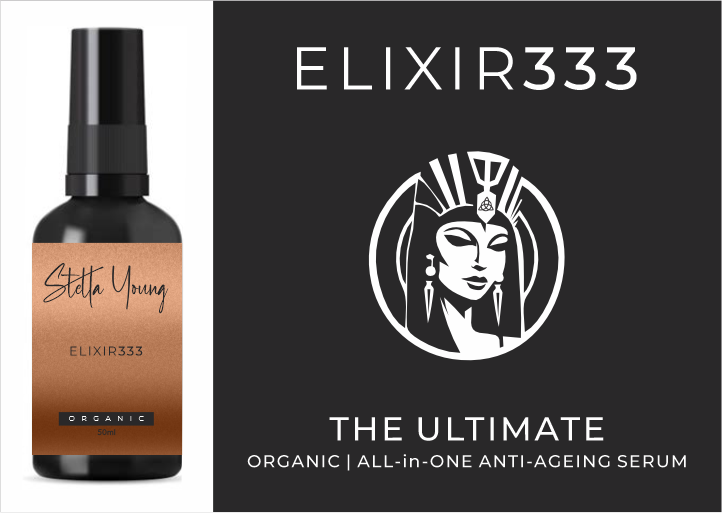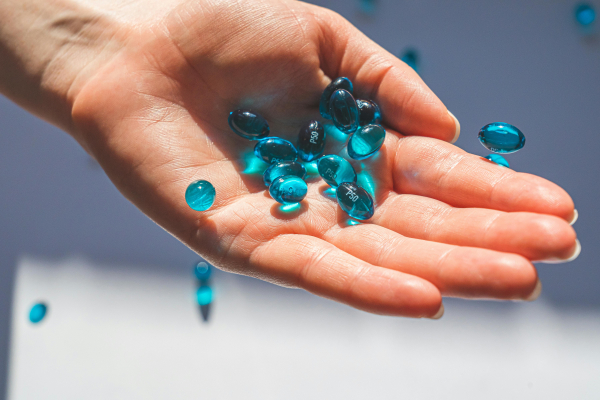Castor Oil: Your Gateway to Radiant Health and Spiritual Renewal

In the realm of holistic remedies, few substances possess the mystique and transformative potential attributed to castor oil. Revered for centuries across cultures, its remarkable properties have been extolled by healers, herbalists, and mystics alike. Among these luminaries, none perhaps have delved as deeply into its therapeutic secrets as the renowned clairvoyant and visionary healer, Edgar Cayce. In this article, we embark on a journey to uncover the profound insights Cayce provided about castor oil and its life-changing benefits.
Understanding Edgar Cayce
Before delving into the specifics of castor oil, it’s essential to grasp the significance of Edgar Cayce’s contributions to holistic healing. Born in 1877, Cayce possessed an extraordinary gift of clairvoyance, often dubbed as the “sleeping prophet.” Throughout his life, he entered trance-like states wherein he provided detailed readings and diagnoses for thousands of individuals seeking his guidance. These readings covered diverse topics, including health, spirituality, and personal development, earning Cayce a revered status in the realms of alternative medicine and metaphysics.
Castor Oil in Cayce’s Readings
Among the myriad remedies recommended by Cayce, castor oil occupies a prominent place. Across numerous readings, Cayce emphasized the profound therapeutic potential of this humble oil derived from the seeds of the castor bean plant (Ricinus communis). He often referred to it as a potent elixir capable of addressing a wide array of ailments, both physical and spiritual.
The “Palma Christi” oil, as an alternative healing treatment, is in a class by itself. This single remedy provides relief and cure to over 300 aliments, and has a track record to prove it. For 6000 years it has worked magic. The story of its history is one of amazement and wonder.
The Healing Properties of Castor Oil
According to Cayce, castor oil possesses remarkable healing properties owing to its unique chemical composition. Rich in ricinoleic acid, a monounsaturated fatty acid, castor oil exhibits anti-inflammatory, antimicrobial, and analgesic effects. When applied topically or ingested, it penetrates deep into tissues, promoting circulation and lymphatic drainage, thus aiding in the detoxification process.
1. Detoxification and Cleansing
Central to Cayce’s teachings was the concept of detoxification as a prerequisite for holistic health. He often recommended castor oil packs—a therapeutic technique involving the application of warm, soaked flannel cloths infused with castor oil to specific areas of the body. Cayce believed that these packs facilitated the elimination of toxins, promoting organ function and overall vitality.
2. Balancing Energies
In addition to its physical benefits, Cayce also emphasized the subtle, energetic effects of castor oil. He suggested that it could harmonize imbalances within the body’s subtle energy systems, thereby restoring equilibrium and promoting spiritual well-being. This holistic approach underscores Cayce’s understanding of health as a multifaceted interplay of mind, body, and spirit.
3. Emotional and Spiritual Healing
Beyond its physiological effects, Cayce suggested that castor oil could facilitate emotional and spiritual healing. In his readings, he often recommended its use as a tool for releasing emotional blockages and promoting inner harmony. Whether applied externally or ingested, castor oil was believed to catalyse profound shifts in consciousness, fostering greater clarity, peace, and self-awareness.
Practical Application of Castor Oil
To harness the transformative potential of castor oil in accordance with Cayce’s teachings, one can incorporate various practices into their holistic wellness routine:
Extended fasting may neglect the importance of what you eat when not fasting, leading to unhealthy food choices post-fast, causing cycles of glucose flooding and depletion, and potential muscle cannibalization.
1. Castor oil packs: Apply warm, castor oil-soaked flannel cloths to the abdomen, liver, or other targeted areas for 30-60 minutes daily.
2. Massage: Utilise castor oil as a massage oil to alleviate muscle tension, promote relaxation, and stimulate circulation.
3. Oral consumption: Take small doses of castor oil orally, either alone or mixed with juice or water, as recommended by a qualified healthcare practitioner.
What Is a Castor Oil Pack and How Do You Use It?
A castor oil pack consists of cloth soaked in castor oil that can be applied to the skin. Opt for organic cotton or wool flannel, capable of absorbing significant liquid, or consider purchasing a specialised pack designed to endure the rigors of your preferred treatment.
These packs are intended for external use, with or without heat. The concept revolves around saturating the pack with more oil than you could simply apply to your skin, facilitating enhanced oil absorption.
Castor oil packs are suitable for both daytime and nighttime use. For daytime application, target continuous use for an hour. For evening use, place the pack on your abdomen before bedtime and enjoy uninterrupted sleep through the night.
Frequently Asked Questions
1. What Is Castor Oil?
Castor oil, a vegetable oil commonly utilised in hair and skin care products, digestive aids, soaps, lubricants, and pharmaceuticals, comes in various types due to different extraction methods. Regardless of the type you choose, it originates from the seeds of Ricinus communis, commonly known as the castor plant.
2. What Are the Differences Between Chemical Extraction and Pressed Castor Oil?
There are several methods available today for extracting castor oil, primarily falling into two categories: chemical extraction and pressed extraction. Pressing for castor oil extraction takes various forms, but it typically involves a device that crushes seeds to extract the oil. The pressing process may utilise either low or high temperatures, depending on the desired type of castor oil.
While pressing castor seeds can yield significant amounts of oil, it generally leaves some oil behind. After the seeds are crushed, they form into a brick or cake-like substance. Companies can then extract more oil from this castor cake using a chemical solvent. Popular solvents for this process include petroleum, hexane, and heptane. The chemical extraction method enables companies to remove most of the remaining oil from the cake, allowing them to derive maximum value from their castor seeds.
3. Expeller-Pressed vs. Cold-Pressed Castor Oil
Expeller-pressed castor oil, commonly known as regular castor oil, is extracted through pressure and friction, reaching temperatures around 60 to 99 degrees Celsius. This method yields oil but leaves behind a significant amount, increasing costs. The remaining seed material can be used as animal feed.
On the other hand, cold-pressed castor oil is extracted at temperatures below 47 degrees Celsius, preserving its aroma, flavour, and natural antioxidants. This process retains more nutrients, making it ideal for skincare and haircare products, offering additional health benefits.
Both types have distinct applications: cold-pressed oils are preferable for consumption due to their health benefits, while expeller-pressed oils are faster to produce and are suitable for soaps, lubricants, and metal workings.
4. Pales-Pressed vs. Cold-Pressed Castor Oil
Pale-pressed castor oil offers an alternative to traditional pressed castor oil. Manufacturers produce this oil by utilising only the initial pressing of castor seeds, resulting in a product with fewer impurities compared to cold-pressed or expeller-pressed varieties. This freshly extracted oil boasts a pristine appearance.
In contrast to cold-pressed castor oil, pale-pressed castor oil exhibits lower acidity and a thinner consistency. Its transparent appearance makes it well-suited for applications such as printer inks and specialized machinery lubricants. Additionally, these characteristics make it a sought-after ingredient in hair and skincare products.
5. Which Castor Oil Is the Best for Health?
Look for organic, cold pressed, hexane-free castor oil in a dark, glass bottle.
6. Does It Matter Whether the Castol Oil is Packaged in Plastic or Glass Bottles?
Absolutely! Castor oil should exclusively be bottled in dark / amber / miron glass containers to prevent any potential leaching of plastic particles into the oil. This precaution ensures the preservation of the oil’s purity and quality.
7. What Is a Castor Oil Pack and How Do You Use It?
A castor oil pack comprises fabric soaked in castor oil that is applied to the skin. Choose organic cotton or wool flannel for its absorbent properties, or invest in a specialised pack designed for your preferred treatment. Avoid plastic materials like polyurethane, known for its potential toxicity to the human body.
These packs are designed for external use, with or without heat. The idea is to saturate the pack with more oil than can be applied directly to the skin, enhancing oil absorption.
Castor oil packs can be used during the day or night. For daytime application, use continuously for an hour. For nighttime use, apply the pack to your abdomen before bed for uninterrupted sleep.
8. Does Applying Heat Make the Castor Oil Pack More Effective?
Yes. Placing a hot water bottle or heating pad over the castor oil wrap will help the oil penetrate more deeply and enhance its effectiveness.
9. Where Can Castor Oil Packs Be Applied on the Body?
Castor oil packs can be applied to your liver, thyroid, back, lower and upper abdomen, as well as anywhere you experience aches and pains.
1. Abdomen: to enhance digestion, alleviate constipation, decrease bloating, relieve menstrual cramps, reduce the size of fibroids and cysts, and detoxify the liver and intestines.
2. Lower back: to alleviate pain, inflammation, and muscle spasms.
3. Chest: to alleviate congestion, cough, and inflammation in the lungs and bronchial tubes.
4. Thyroid gland: to support its function and reduce nodules and cysts.
5. Breasts: to improve lymphatic drainage, reduce tenderness, and shrink cysts.
10. Can Castor Oil Packs Be Shared Between People?
From a hygiene standpoint, it is not recommended to share your castor oil pack.
Conclusion
In the annals of holistic healing, the teachings of Edgar Cayce continue to inspire seekers on their quest for optimal health and spiritual enlightenment. Through his profound insights into the therapeutic properties of castor oil, Cayce illuminated a path towards profound healing and transformation. By embracing the wisdom he imparted, we can unlock the life-changing benefits of this mystical elixir, fostering greater vitality, balance, and well-being in our lives.








